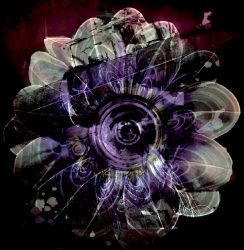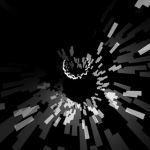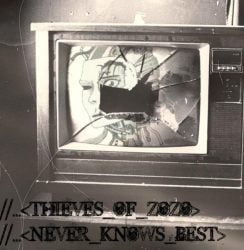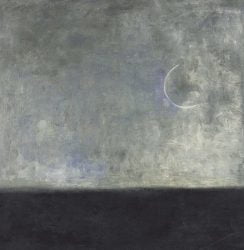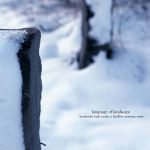Sonic Acts XIII – The Poetics of Space
If you’re in or maybe even anywhere near Holland (Amsterdam) between february 25 and 28, you definitely should not miss Sonic Acts XII – “Spatial Explorations in Art, Science, Music and Technology.
This bi-annual festival must be one of Holland’s most important event in experimental electronic music. But not ‘just’ music: the multimedia event also presents expositions, installations, conferences, sound walks, and of course a lot of other immersive aural experiences.

